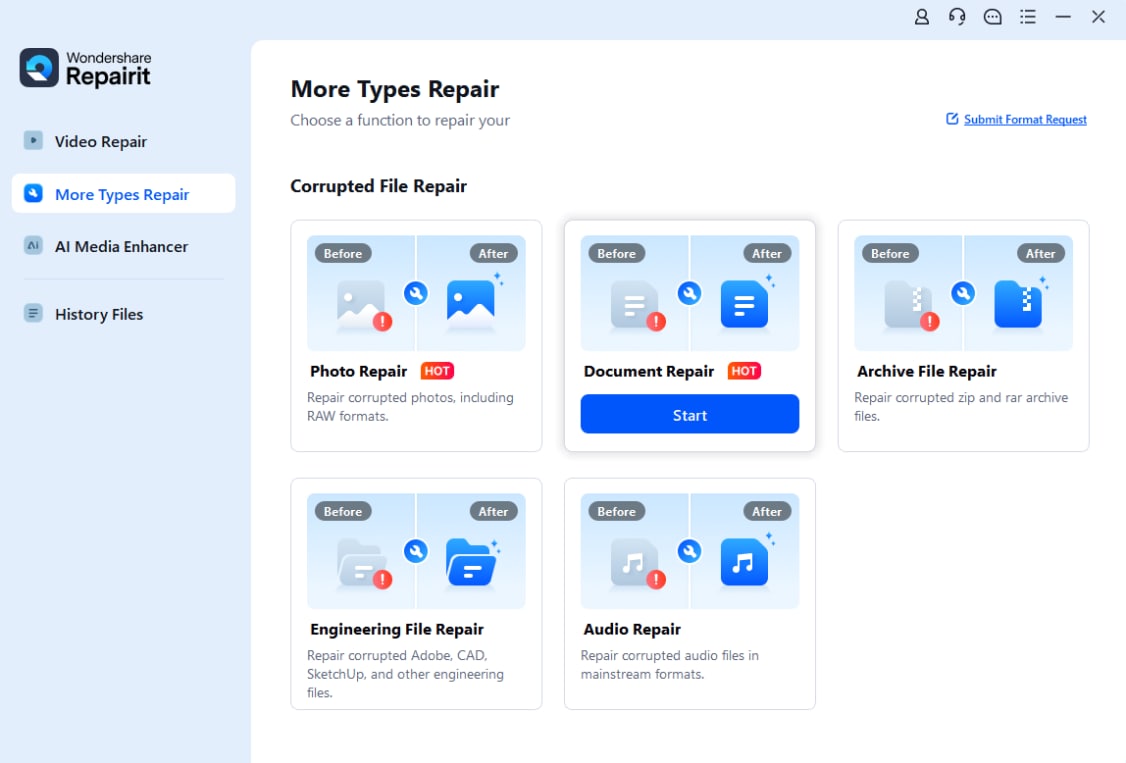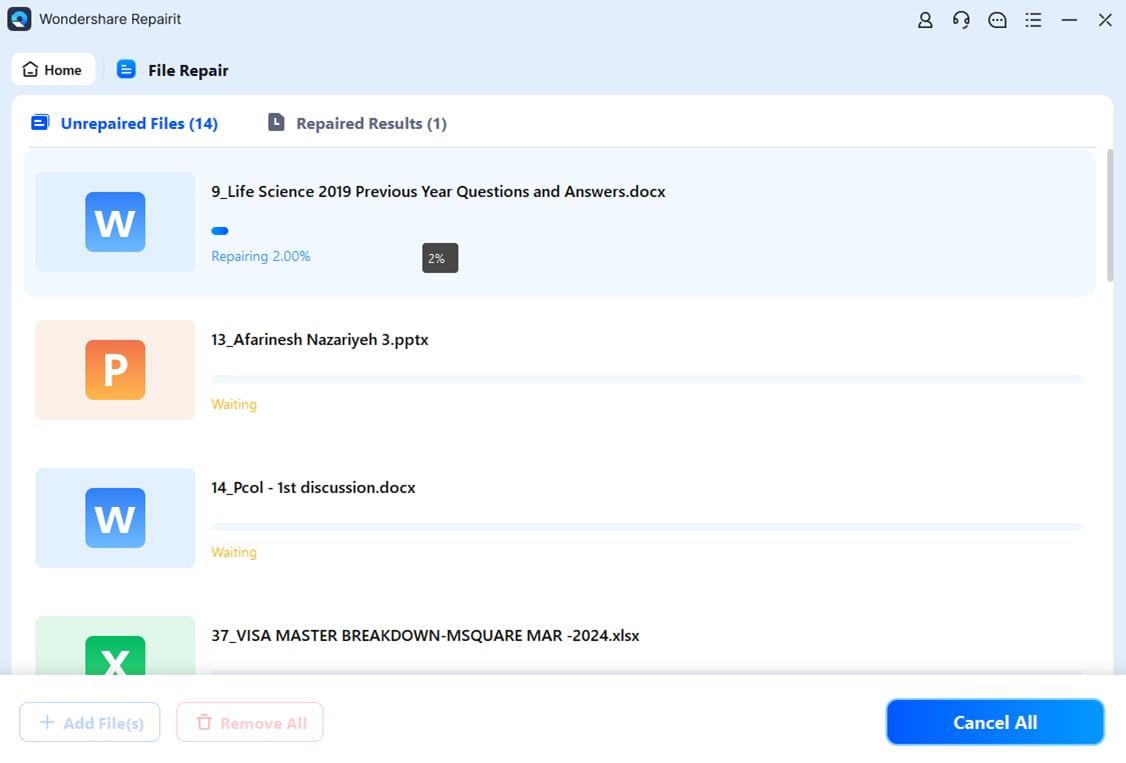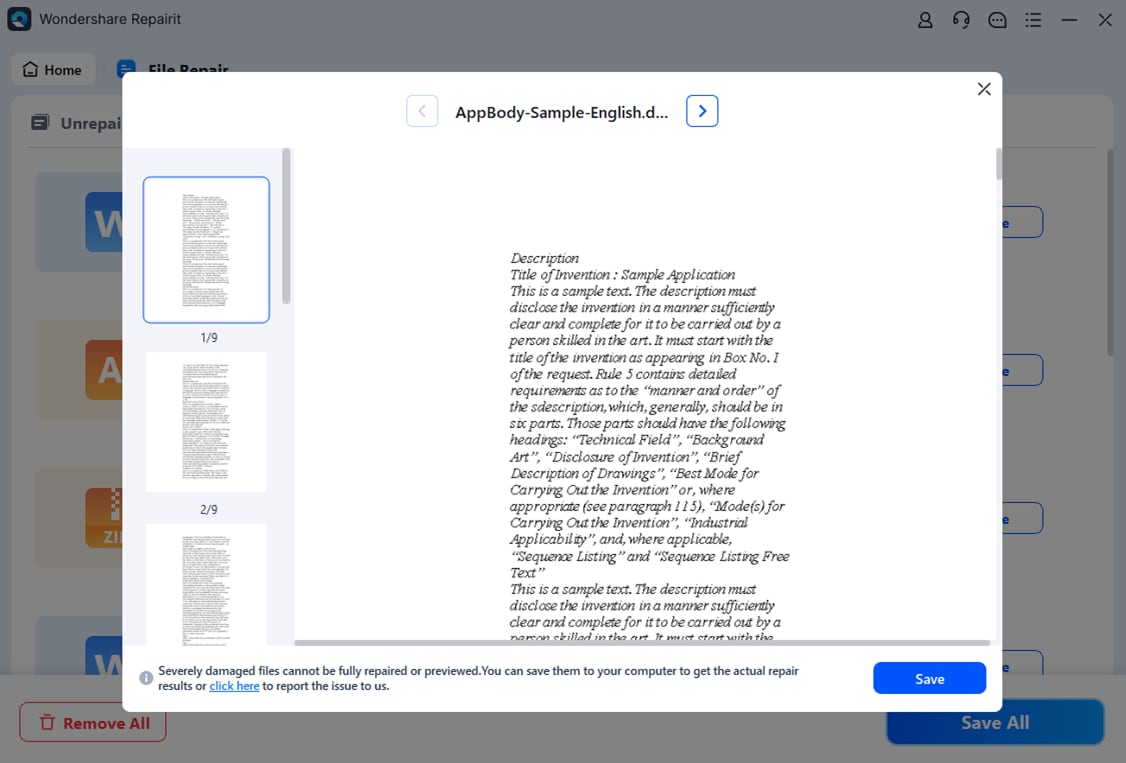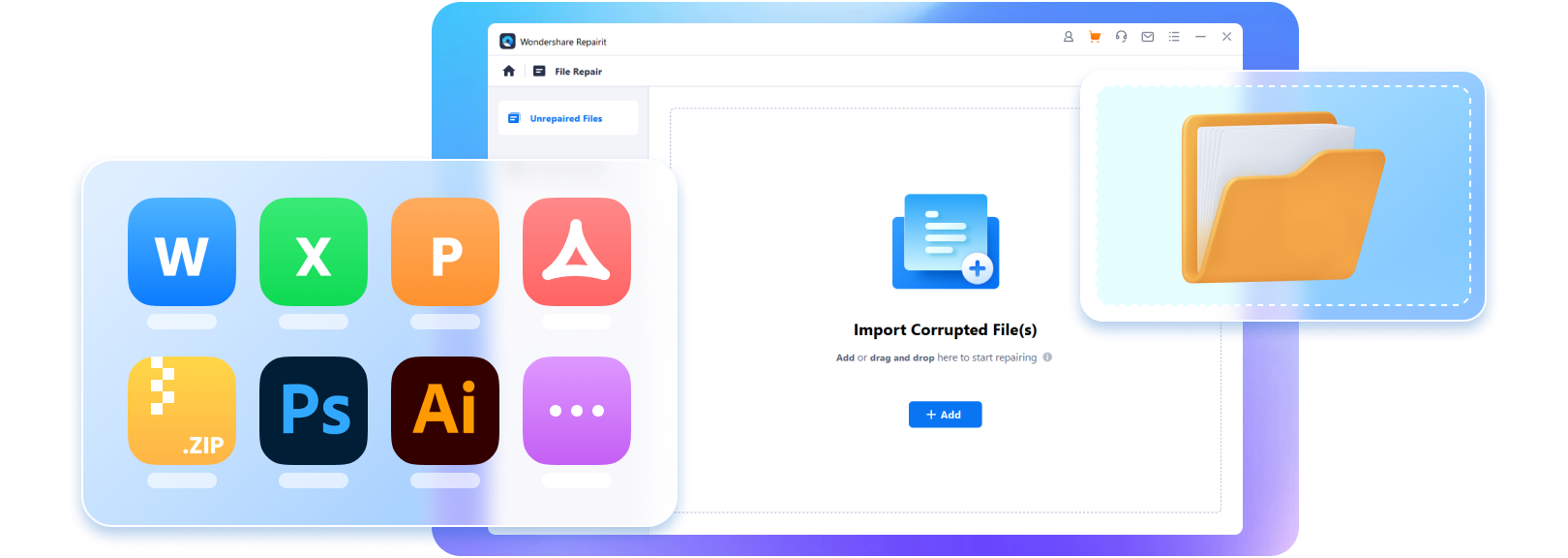In the digital age, we heavily rely on word processing applications like Microsoft Word for creating and editing various documents. While these tools have undoubtedly made our lives easier, they also come with potential risks, including the threat of viruses. Viruses are malicious programs designed to cause harm to computer systems, steal sensitive information, or disrupt normal operations.
As we increasingly share and exchange Word files, it's crucial to understand the risks associated with these documents and how to protect ourselves from potential threats.
Part 1: Can Word Files Contain Viruses?
So, can Word files contain viruses? Well, the short answer is yes, word files can indeed contain viruses. Although Microsoft Office applications, including Word, have built-in security measures to help detect and prevent malware, these safeguards are not foolproof. Viruses can still find their way into Word files through various means, such as:
- Macros: Macros are a powerful feature in Word that allows users to automate repetitive tasks. However, malicious macros can also be embedded within a Word file, carrying harmful code that can execute when the document is opened.
- Embedded Objects: Word files can contain embedded objects like images, charts, or other multimedia content. If these objects are infected with malware, they can potentially compromise your system when the file is opened.
- Exploits: Vulnerabilities in Word or other related software can be exploited by hackers to inject malicious code into Word files.
- Social Engineering: Cybercriminals often rely on social engineering tactics, tricking users into downloading and opening infected Word files from untrusted sources.
It's important to note that not all Word files contain viruses, but the potential risk exists, and it's crucial to exercise caution when handling documents, especially those from unknown or untrusted sources.
Part 2: How to Remove Virus from Word Document? [3 Methods]
After you've gotten ready, you can fix the virus-infected Word file. Here are three ways to do it effectively:
|
Method |
Advantages |
Steps |
|
- Effective for severe corruption. |
1. Select "File Repair". |
|
|
- Built-in feature in Word. |
1. Open the file in Word. |
|
|
- Free and simple. |
1. Rename file extension to ".txt". |
Method 1: Adopt a Professional Tool Like Wondershare Repairit
If a virus is behind the corruption of an MS Word file then you will have to look to repair it quickly. This is necessary because otherwise, the data is going to be lost forever.
Now, to repair virus infected Word files, you will have to invest in a Microsoft Word repair tool for Word file repair. There are various such tools available on the internet. However, they aren't reliable at all. Most of these tools are just for show and can't repair virus-infected Word files. The Wondershare Repairit is one of the best tools indicated for Word file repair that can restore Word files within a short period.

Wondershare Repairit - Word File Repair

-
Repair damaged files with all levels of corruption, including blank files, files not opening, unrecognizable format, unreadable content, files layout changed, etc.
-
Perfectly repair corrupted word .docx files without modifying the original file.
-
Provide an easy fix option for text, images, font, hyperlinks, header, footer, etc.
-
Support Office 365, MS Word 2019, 2016, 2013, 2010, 2007, and earlier versions.
-
Support Windows 11/10/8/7/Vista, Windows Server 2003/2008/2012/2016/2019/2022, and macOS 10.10~macOS 14.
-
Except Word, Repairit also supports all formats of PDF, Excel, PowerPoint, PDF, ZIP, and Adobe files.
Follow these steps to repair your virus-infected word file using Wondershare Repairit:
Step 1: Shift to “More Types Repair” section and select the "File Repair".

Step 2: Click the "Add" button and browse to the location of your virus-infected Word file. You can add multiple files if needed.

Step 3: After adding the file(s), click the "Repair" button to initiate the repair process. Wondershare Repairit will scan the file(s) and attempt to repair any corruption or malicious code present.

Step 4: Once the repair process is complete, you can preview the repaired file(s) and save them to a secure location.
Attention:
If you just want to repair Word file on your phone and the damaged Word file is no more than 300MB, please try the online version of Wondershare Repairit - Online File Repair. Repairit online supports repairing your corrupted Word files freely within seconds and also provides a nice file repair experience for you.
Method 2: Use the Open and Repair Feature in MS Word
Microsoft Word has a built-in feature called "Open and Repair" that can help repair corrupted or damaged Word files, including those infected with viruses. Here's how to use this feature:
Step 1: Open Microsoft Word on your computer. Click on the "File" menu and select "Open."
Step 2: Navigate to the location of your virus-infected Word file and select it.
Step 3: Word will detect that the file is corrupted or damaged and prompt you with an error message.
Step 4: Click the "Open and Repair" button to initiate the repair process.

Step 5: Word will attempt to repair the file and remove any corrupted or malicious content.
Step 6: If the repair is successful, Word will open the repaired file. Save the repaired file to a secure location.
While the Open and Repair feature can be effective in some cases, it may not always be able to completely remove all traces of a virus or repair severe corruption. Additionally, this method requires that the Word application is not infected or compromised.
Method 3: Change the File Extension of the Word File
In some cases, changing the file extension of the virus-infected Word file can help in repairing it. This method works by tricking Word into treating the file as a different file format, potentially bypassing any malicious code or corruption. Here's how to do it:
Step 1: Locate the virus-infected Word file on your computer.
Step 2: Right-click on the file and select "Rename."

Step 3: Change the file extension from ".docx" (or ".doc" for older Word formats) to something else, like ".txt."
Step 4: Confirm the file extension change by clicking "Yes" when prompted.
Step 5: Open Microsoft Word, navigate to the "File" menu, and select "Open."
Step 6: In the "Open" dialog box, change the file type filter to "All Files" or "Text Documents."

Step 7: Locate and select the file you renamed earlier (with the ".txt" extension).
Step 8: Word will attempt to open the file and treat it as a text document, potentially bypassing any malicious code or corruption.
Step 9: Once the file is open, save it with the correct file extension (".docx" or ".doc") to a secure location.
More Related Articles:
Part 3: Common Types of Viruses that Mainly Infects Word Files
While there are numerous types of viruses and malware targeting various applications and file formats, some viruses are specifically designed to infect and spread through word files. Here are some common types of viruses that primarily target Word documents:
- Document Viruses: These viruses infect the actual content of the Word file by inserting malicious code or scripts. When the infected document is opened, the virus can execute and perform various malicious actions.
- Trojan Horses: Trojans are malicious programs disguised as legitimate files, including Word documents. When an infected Word file containing a Trojan is opened, it can provide unauthorized access to the system or perform other harmful actions.
- Worms: Worms are self-replicating viruses that can spread through word files by attaching themselves to documents and propagating to other systems when the infected files are shared or transferred.
- Ransomware: Ransomware is a type of malware that encrypts files, including Word documents, and demands a ransom payment to decrypt and regain access to the files.
It's important to note that these viruses can also infect other file types and applications, but they are particularly prevalent in word-processing environments due to the widespread use and sharing of word files.
Part 4: Preparations to Prevent Virus Infected Word Files
Before attempting to repair a virus-infected Word file, it's essential to take some preparatory steps to ensure the safety of your computer and data. Here are some recommended preparations:
- Disconnect from the Internet: To prevent the virus from spreading or communicating with remote servers, disconnect your computer from the Internet as soon as you suspect a virus infection.
- Use the Windows Security App: Run a full system scan with the default Windows Security app to detect and remove any known malware. Also, keep your antivirus software up-to-date to ensure it can identify the latest threats.

- Back-up Important Data: Create a backup of your important files and documents before attempting to repair the infected Word file. This will ensure that you have a safe copy in case something goes wrong during the repair process.
- Disable System Restore: Some viruses are known to tamper with the System Restore feature in Windows, so it's recommended to disable it temporarily to prevent any potential issues.
Conclusion
To protect yourself and your data, it's essential to exercise caution when handling Word files, especially those from untrusted sources. Regular backups, keeping your antivirus software up-to-date, and using professional repair tools like Wondershare Repairit can help mitigate the risks and effectively repair virus-infected Word files.
Remember, prevention is always better than cure. By adopting safe computing practices, being vigilant about potential threats, and taking the necessary precautions, you can enjoy the benefits of word-processing applications while minimizing the risks associated with viruses and malware.
-
Q1: Can I get a virus just by opening a Word file?
-
Yes, it is possible to get a virus by simply opening an infected Word file. Viruses can be embedded within the document or exploit vulnerabilities in the word processing software to execute malicious code.
-
Q2: How do I know if a Word file is infected with a virus?
-
Several signs may indicate a virus infection in a Word file, such as unusual behavior, unexpected error messages, corrupted content, or suspicious macros or objects within the document.
-
Q3: Can antivirus software detect and remove viruses from Word files?
-
Yes, most modern antivirus software is capable of detecting and removing viruses from Word files. However, their effectiveness depends on having up-to-date virus definitions and the specific type of virus involved.


 ChatGPT
ChatGPT
 Perplexity
Perplexity
 Google AI Mode
Google AI Mode
 Grok
Grok
